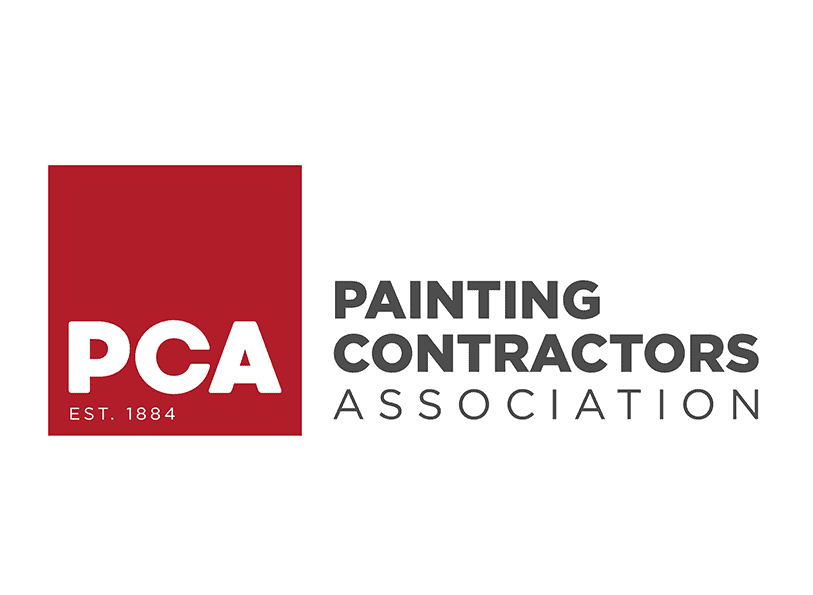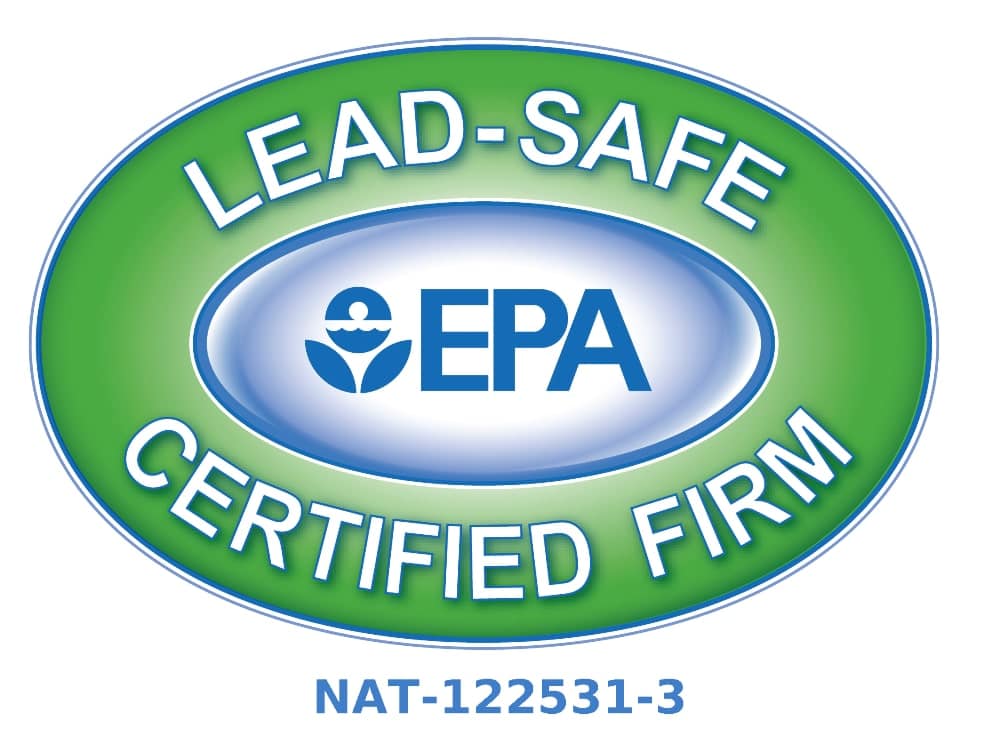13 Oct History of Painting
Ancient decorative painting:
The history of decoratively painting human dwellings is ancient, dating back to our ancient ancestors. They used items readily available to them like sticks, palm leaves, bones, and even wood shavings to depict what mattered most to them. Much later, the ancient Egyptians and Chinese began to develop more sophisticated ways of painting, which eventually led to animal hair brushes. Sable brushes remain one of the best and most expensive paint brushes available.
The Paint Roller:
In the 1940s, Canadian Norman Breakey invented the paint roller, revolutionizing how we apply paint by making the process much faster. It also made the application more even without brush marks.
The Spray Paint Can:
In 1949, Bonnie Seymour suggested using an aerosol can for spraying paint to her husband, Edward. Luckily he listened to her and later founded Sycamore, Inc. of Chicago, USA, to manufacture spray paints.
The Paint Sprayer:
Here’s one last tidbit of painting history. Interestingly, the first spray paint gun predated the spray paint can. In 1887, Joseph Binks, an employee at Marshall Field’s in Chicago, was tasked with the daunting task of painting the store’s multi-floor basement walls. That led to his inventing the first spray gun for paint. It was a hand-operated pump with a spray nozzle to disperse the paint. Necessity is the mother of invention!
I hope you enjoyed today’s brief history lesson on paint application. If you’d like us to take a look at your project, give our office a call or check out our online scheduler.
Please call the office at 703-629-6543 for an appointment or use this link for online scheduling.
We have been serving homes throughout the Northern Virginia area for almost two decades.
FAQ
1. How did the practice of painting homes originate?
The tradition of painting living spaces dates back tens of thousands of years, with prehistoric humans using natural pigments to decorate cave walls. These early paints were made from materials like charcoal, ochre, animal fat, and natural minerals, serving both decorative and symbolic purposes in ancient dwellings.
2. When did house painting become a recognized profession?
House painting emerged as a formal trade in Europe during the 1200s. By the 14th century, painters in England had organized into guilds, which set standards for the craft and protected trade secrets related to paint mixing and application. These guilds helped establish painting as a respected and skilled profession.
3. How did attitudes toward house painting differ in early America?
In colonial America, house painting was sometimes frowned upon, especially among Pilgrims who viewed painted homes as a sign of vanity and excess. There are records of individuals being penalized for painting their homes, yet the demand for painted interiors and exteriors continued to grow as the colonies developed.
4. What major innovations have shaped the history of house painting?
Key innovations include the development of oil-based paints during the Renaissance, the invention of machines for grinding pigments in the 18th century, and the introduction of ready-to-use paints in the 19th century. The 20th century saw the rise of chemical research, improved mixing techniques, and the advent of computer-based color matching, greatly expanding color choices and application methods.
5. How has Home Works Painting contributed to the evolution of professional painting services?
Founded in 2005, Home Works Painting has grown from a small team to a well-established company by emphasizing excellent customer service, communication, and quality workmanship. Their approach reflects the centuries-long evolution of painting as both an art and a trade, ensuring that modern clients receive reliable, professional results for their home projects.

Mike Katounas is the owner of Home Works Painting, a painting business in Northern Virginia. He has over 15 years of experience in residential interior and exterior painting, drywall installation/repair, carpentry, wallpaper removal, power washing, commercial painting, color consultation, and staining/sealing. Their service areas include Chantilly, Fairfax, Herndon, Oakton, Reston. Mike takes pride in his work, and he always follows a strict code of conduct that includes the use of quality paint, a clean workspace, and an honest, respectful approach to his customers.












Sorry, the comment form is closed at this time.